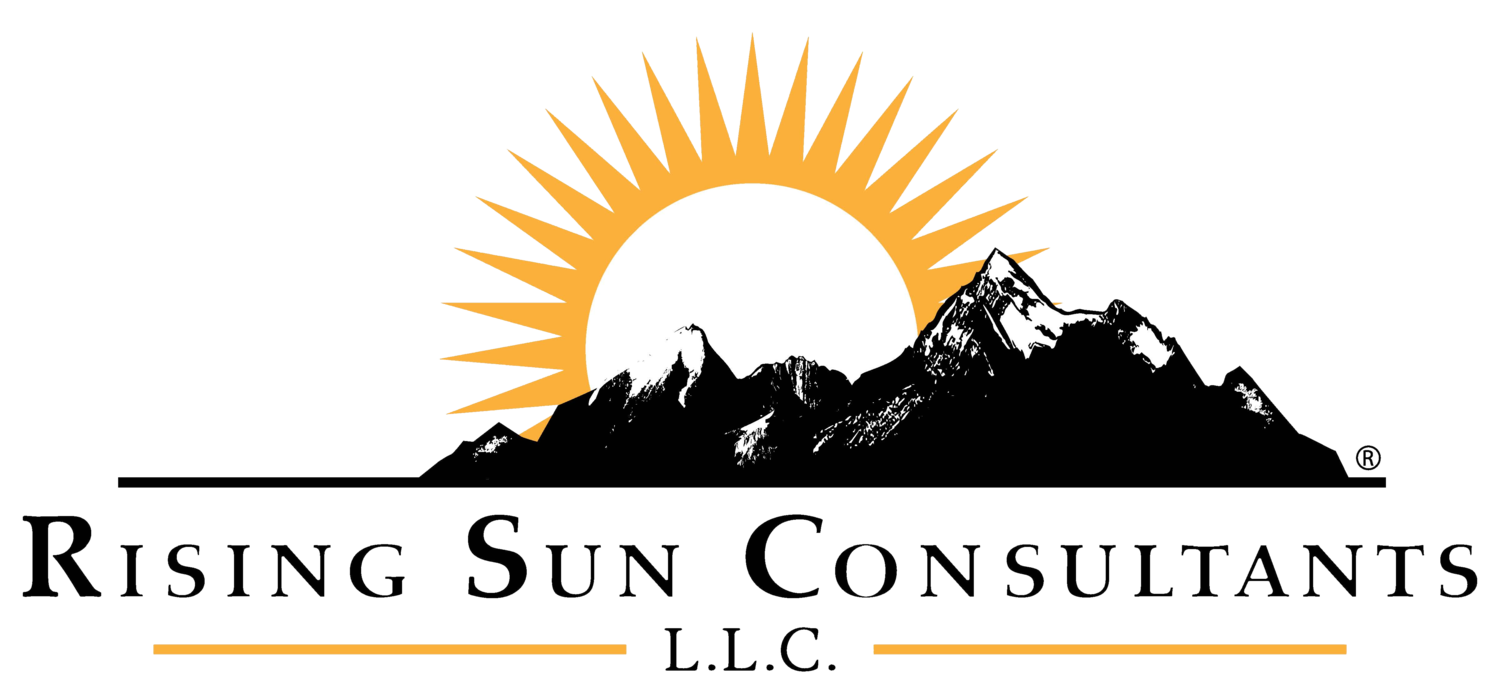In our fast-paced environment, a leader’s time must be divided among a multitude of tasks. Though not all of those attention-grabbing tasks center on driving growth or furthering the organization’s mission. Instead, they are tasks which are designed to quell eruptions which might be less severe than the typical organizational dilemma, but ones that require attention nonetheless. For some leaders, the old adage of putting out fires rings as true today as it did when it was first coined.
Most effective leaders are rarely remembered for their agility in moving from one problem to the next. Instead, their legacy is, oftentimes, solidified by the number of problems they prevented or the number of sparks they kept from turning into an all-out blaze.
So why do so many leaders continue to deploy a reactive type of leadership? One reason might be the priority placed on outcomes instead of building relationships. Rather than leading people, there is a greater tendency, or even tenacity, for leading the charge against recurring problems. The satisfaction that comes with overcoming, fixing, or solving seldom rivals that of encouraging, discussing, and supporting.
Yes, even effective leadership is not absent of unforeseen problems. But how many problems arise because the warning signs are avoided or simply aren’t viewed as a threat when compared with other priorities? Effective leadership is not born solely of the ability to solve problems, but rather the talent for creating other problem solvers.
One way to create problem solvers is to hold employees accountable. When an employee is led in a way that creates ownership, how something is done becomes just as important as what is done. Leading effectively means talking through not only the end result, but how one arrived at that result. When little mistakes are constantly overlooked until they grow into bigger issues, the beauty and importance of the process are diminished.
Another means of creating problems solvers is through the practice of coaching. While it’s important to help employees identify their mistakes early, employees also need to be coached through those challenges. Leaders should work to support their employees by reassuring them that mistakes are a natural part of learning and that real growth takes place when failure occurs. Leaders should also help employees create measurable action steps to ensure they are always moving forward.
Some leaders excel at holding their employees accountable and even coaching them through their struggles, but then fail to follow up or revisit their progress. The employee is given a game plan and then left to execute it on their own. Employees may, subsequently, encounter new variables and then struggle to adjust. The ability to follow through provides a leader with an opportunity to reassess action steps in order to determine if they are still relevant and continue to offer the best path forward.
A final method for creating problem solvers is by sharing examples and methodologies. Some leaders hoard information because they feel it will make them more valuable. But in maintaining their value, they risk diminishing the value and capabilities of their team. Furthermore, it likely ensures that the practice of bouncing from one fire to the next will continue because the leader is the only person with the tools to put them out.
There is no denying that leadership has a situational dynamic to it that requires the ability to address the unexpected and to pivot quickly when necessary. However, in utilizing the tips above, a leader can reduce the impact and frequency of certain issues; thereby allowing them to focus their efforts on the growth and development of their team, their organization, and themselves.

